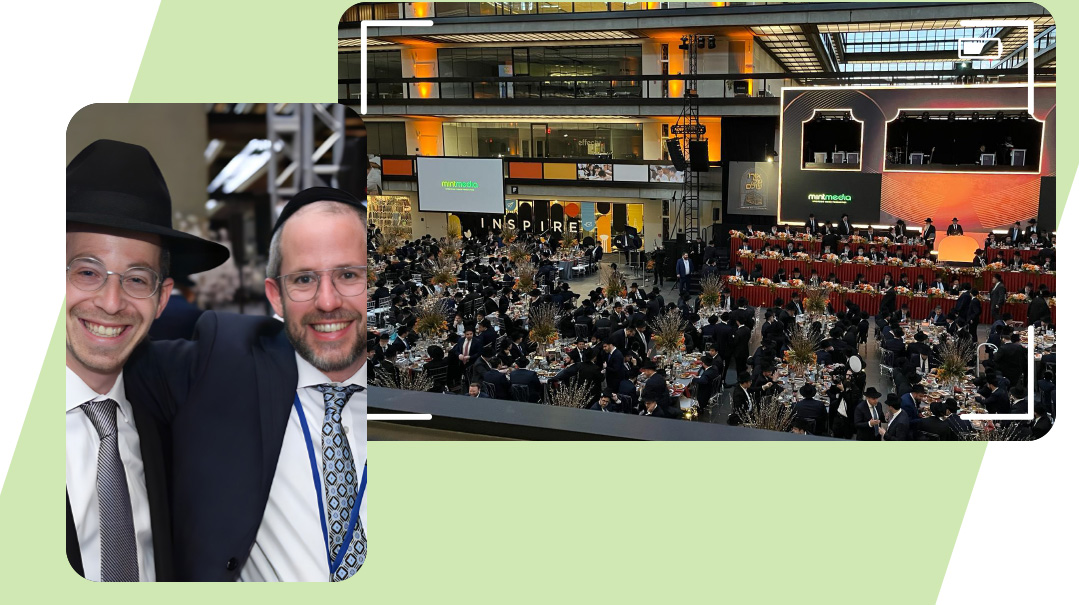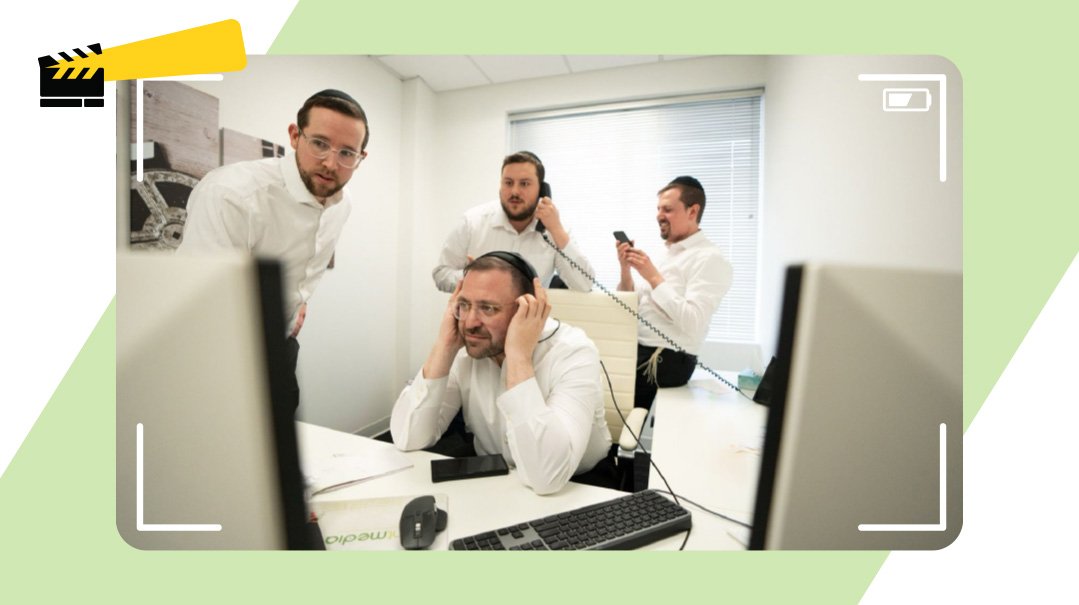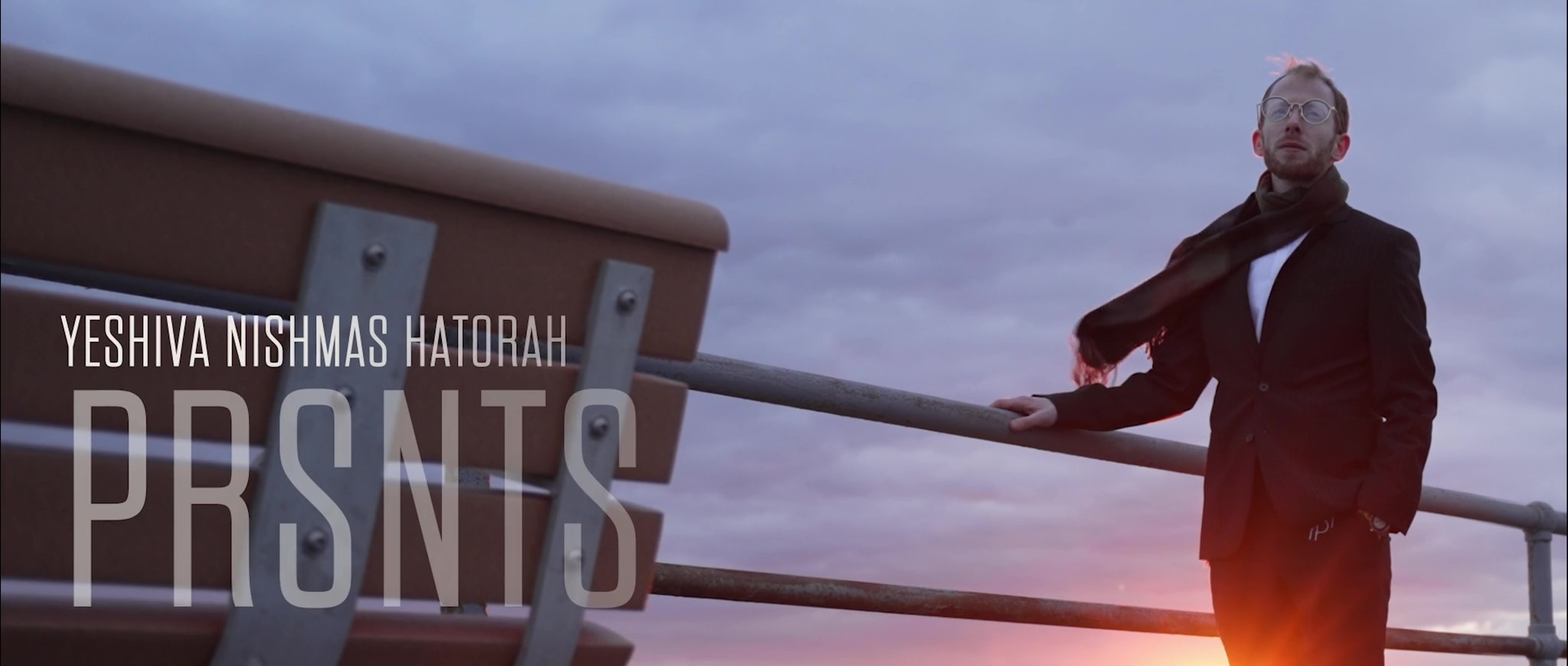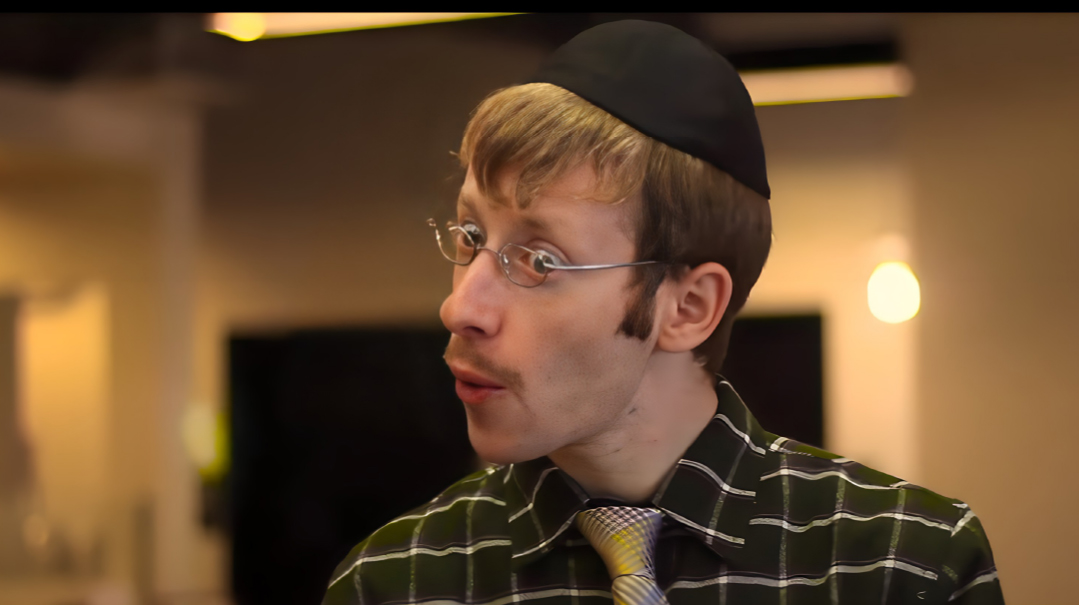Client: Reshes Hakollelim
| October 17, 2023“Why don’t we have our cinematographer fly his drone around town, with short stops at each of the kollel locations?”
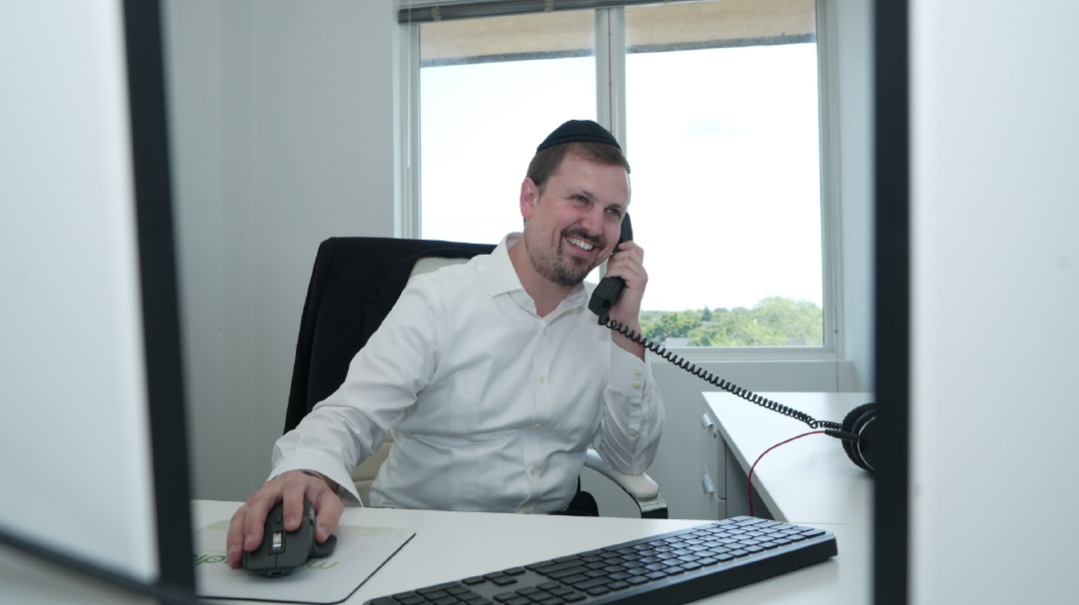
Client: Reshes Hakollelim
Objective: Create a short feature video for parlor meetings
Film Locations: Our green screen studio + 21 locations around Lakewood, New Jersey
Project Deadline: Aseres Yemei Teshuvah, 2023
The Proposal
Rabbi Benzion Zuckerman, newly appointed executive director of Reshes Hakollelim, reached out in mid-August. Reshes Hakollelim started 18 years ago as a one-man undertaking when it’s founder Rabbi Yechiel Berman noticed that the kollel around the corner from his Monmouth Avenue home in Lakewood was struggling with fundraising. He agreed to take temporary responsibility, on a month-by-month basis, but of course it ended up turning into a long-term commitment — and growing to multiple kollelim. Reshes Hakollelim is now a fast-growing organization that provides funding to 21 kollelim in the Lakewood area, and Rabbi Zuckerman is trying to take fundraising to the next level.
“I think creating a professional video for us to play at parlor meetings would be a good place to begin,” he explained.
The number of kollelim, and the accompanying budget, is staggering. The kollelim are also spread out across town, running at different hours: several are full-day programs, others operate at night, and some only on Shabbos. Our challenge was to present Reshes Hakollelim visually as a unified network so our three- to five-minute video didn’t simply feel like fragmented footage of dozens of separate programs.
Senior production manager Moshe Niehaus had a brainstorm.
“What we really need is the bird’s-eye view, showing the scope of the network — right? Why don’t we have our cinematographer fly his drone around town, with short stops at each of the kollel locations?”
It was an inspired idea, as it would connect all of Reshes Hakollelim’s participating programs, and it would enable us to show all of the locations in a short timeframe, literally a bird’s eye view.
We also planned to film several kollelim up close and in action, to balance the wider, general picture with the more detailed, personal shots.
Preproduction
We reached out to one of our more experienced drone operators and booked him for a day that he could take several hours to fly the drone over the 21 kollel locations. Moshe Niehaus then reached out to several previous clients in the shipping industry, hoping one of them would be able to refer us to a program that could design a route for the drone. We eventually settled on a user-friendly software program that required only addresses to churn out the most expedient route.
Next challenge: recognizing the buildings from the sky, especially as there were a lot of trees in some of the more remote locations. We relied heavily on the accuracy of the addresses supplied by Reshes Hakollelim. There was one mix-up, as one of the locations was given to us with a Lakewood zip code but it was actually just over the Jackson border, in a different zip code.
The drone operator called me after the shoot.
“So, one of the buildings had a condemned notice hanging on the front door, are you sure we had the right location?”
That was straightened out, though we joked internally that maybe the eviction sign would boost the fundraising appeal.
Polishing the Product
The drone tour would be a central part of the feature, but although the cinematographer was both skilled and experienced, filming outdoors is always unpredictable. I tasked the newest member of our VFX (special effects) team, Miss Shayna Goldman, to go through the footage, color correcting where the conditions were too cloudy, stabilizing where the wind shook the camera, and generally putting all the shots together into one seamless rendering.
It was after several days of building the piece that we realized the issue: Even if we only had short shots of each location, building a straight sequence of 21 kollelim would still be too long.
We’d need to cut them into several bite-size sections, 10 to 20 seconds each, and intersperse them throughout. Although it was the right move, this change brought us back to our original dilemma: How do we make the scope of Reshes Kollelim clear from the get-go?
Miss Goldman came up with the perfect solution: Use Google Earth to create a short satellite video of the Lakewood area. First, she put in the 21 geographic coordinates. Next, she customized her request for the length, angle, and speed of the video the site would create for us. She then took the satellite map Google Earth produced and dropped “pins” on it, one at each kollel location.
We played around with different pin options, using white teardrop shapes with dark blue (the theme colors) for contrast. It was fine, but something was missing, until executive VFX director Mordy Fisgus came over.
“Isn’t the Reshes Hakollelim logo a blue ball? Why don’t you have the logo itself be the pin?”
It was the perfect answer, giving the map a more customized feel without giving away all of the details too early.
We ended up using this satellite style footage as both the opener and closer of the promo, as it really helps tell the story visually. Miss Goldman, who has a strong background in graphics, built icons with the kollel name and some details (what they’re learning, number of members, budget). These appear on the map only in the closing sequence, because we didn’t want to have that overload of information in the first few seconds of the video.
Interviews
Founder Rabbi Yechiel Berman arranged for several of his roshei kollel to come down to our studio for interviews. Though they are all esteemed and articulate, for the most part, they know only about the inner workings of their individual kollel, not the network as a whole. It was a real testament to Rabbi Berman’s humility, because when we asked about other kollelim in the network, some of the interviewees thought there were possibly another three or four, while many of them thought they were his only kollel! Though it would make for great content if we were honoring Rabbi Berman, we couldn’t forget our mission and strategy for this video: to promote Reshes Hakollelim itself. In the end, we asked Rabbi Zuckerman, the executive director, as well as Rabbi Noshi Zelikovitz, a friend and supporter of the network, to come down and give several broader statements we could use as openers and closers.
Rabbi Berman shared a few words, including an interesting anecdote about the growth of his initiative. Though every kollel Rabbi Berman undertakes to support is a large responsibility, he told us it is a tremendous zechus, and he never fails to see brachah from it.
“I have several daughters,” he candidly shared, “and many of their shidduchim were actualized right after I took on a new kollel. Many of Reshes Hakolleim’s monthly supporters have seen personal yeshuos as well.”
Once we had all the interviews and footage, senior editor Mrs. Rivky Liebenstein pulled the best lines from the interviews, building a sequence that highlighted several kollel close-ups while leaving space for the drone footage.
It’s All Relative
Reshes Hakollelim was working on graphics for their campaign simultaneously, and as our deadline drew closer, we kept requesting fonts, logos, and other material for the video. After a morning with several back-and-forths with Rabbi Zuckerman, Usher Weldler, who was taking care of postproduction, finally asked, “Would it be easier for you to put me in touch with the graphic designer directly? It would save a lot of time between all the phone tag and clarifications.”
The executive director responded that it would be his pleasure to connect us directly, but he warned that she could be difficult to reach, as the designer was a single girl living with her parents in Israel, and if she didn’t respond to an email, the only way to get in touch was on the home DSL line.
Usher laughed when he saw the contact info.
“She’s my first cousin, and yes, I have a cell number for my aunt.”
Callback
A few hours before Reshes Hakollelim’s parlor meeting, the first event where they’d show our video, Usher stopped by my office.
“Any other instructions I should give them before the showing tonight?”
“Just tell them to have their AV company download the video in the highest quality, they’ll know what to do,” I said.
Usher returned a few minutes later with a nervous grin.
“So, they didn’t realize they needed a professional company, they were just going to play it themselves. Is it too late to find someone for them?”
I’ve been in the business for a long time, and I was able to send them a few numbers of people who might be available on short notice. Though our role is technically over when we have final approval for the finished video, it’s always nice to be able to walk clients all the way to the finish line.
(Originally featured in Mishpacha, Issue 982)
Oops! We could not locate your form.

